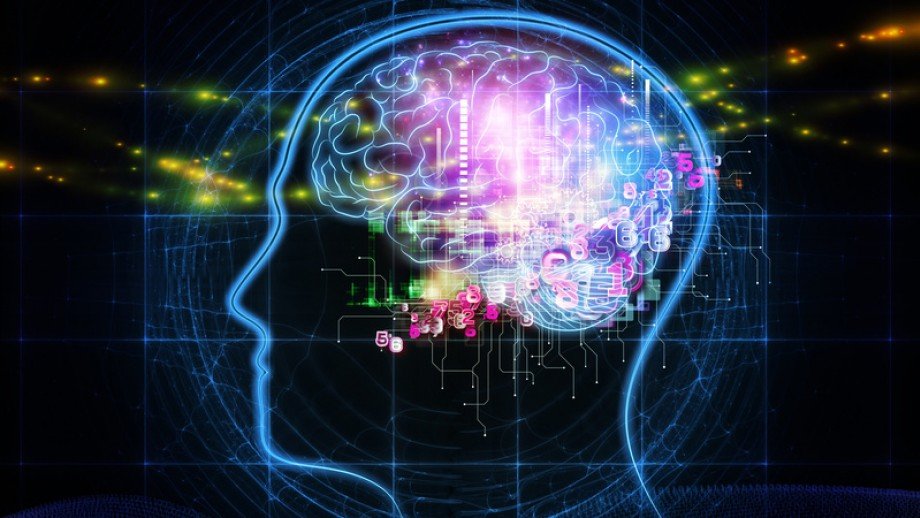The findings suggest that far more people than initially thought experience some form of sensory cross-wiring - which could explain the appeal of flashing musical baby toys and strobed lighting at raves.
Elliot Freeman, a cognitive neuroscientist at City University and the study's lead author, said: "A lot of us go around having senses that we do not even recognise."
More florid forms of synaesthesia, in which disparate sensory experiences are blended, are found in only about 2 - 4% of the population. To a synaesthete, the number seven might appear red, or the name Wesley might "taste" like boiled cabbage, for instance.
The latest work - only the second published on the phenomenon - suggests that many more of us experience a less intrusive version of the condition in which visual movements or flashes are accompanied by an internal soundtrack of hums, buzzes or swooshes. Since movements are very frequently accompanied by sounds in everyday life, the effect is likely to be barely discernible.
When tested under laboratory conditions, the "hearing motion" effect appeared to enhance a person's ability to interpret fine visual movements, but also interfered with the ability to hear real sounds when visual and audio signals were mis-matched.
"These internal sounds seem to be perceptually real enough to interfere with the detection of externally-generated sounds," said Freeman. "The finding that this 'hearing-motion' phenomenon seems to be much more prevalent compared to other synaesthesias might occur due to the strength of the natural connection between sound and vision."
In the study, published in the journal Consciousness and Cognition, 40 participants were presented with pairs of either visual or auditory Morse-code like patterns, and had to decide whether each pair contained the same or different sequences. Participants were then asked whether they were aware of hearing faint sounds accompanying the flashes.
Of the 40 participants, 22% reported hearing sounds accompanying the visual flashes in the 'Morse-code' task - and also tended to do better on this task.
"My data suggests there are two kinds of people," said Freeman. "Those who generate sounds deliberately and those who get the internal sounds without trying."
In a second task, participants had to detect faint sounds, similar to those given in audiology tests, presented with or without irrelevant visual flashes.
Those who scored better on the Morse-code task also appeared to find irrelevant light flashes more of a distraction to listening tasks, suggesting that the visual stimuli was effectively acting as an internal background noise.
In a separate study, the team tested for the phenomenon in trained musicians and found that it was much more common in the group. It is not clear if this is due to a natural disposition to link sounds and visual cues or whether thousands of hours of training might have strengthened the neural circuitry behind the effect.
Do you experience "hearing motion"? Take the test here.





Yo Tambien!
R.C.